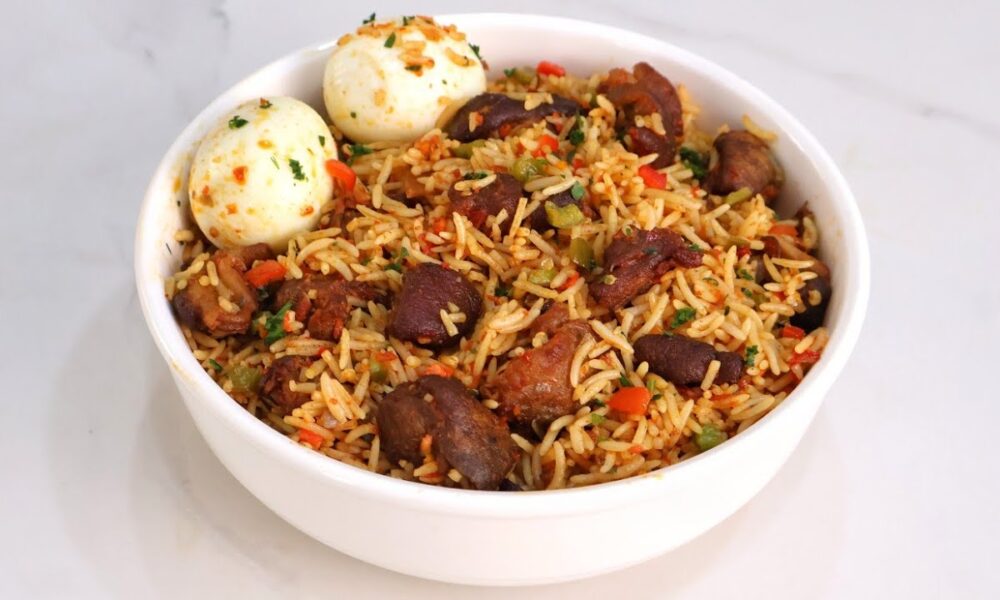Simple Steps, Lifelong Health: How Lifestyle Changes Can Conquer Hypertension
)
Hypertension, or high blood pressure, is quietly becoming a major health crisis, not just in India, but globally. It's often called the 'silent killer' because many people don't experience symptoms until it's reached a dangerous stage. But the good news is, you have the power to take control! This article explores how simple, sustainable lifestyle changes can significantly reduce your risk of hypertension and prevent it from escalating into a life-threatening condition.
Understanding the Challenge: Hypertension in a Modern World
India, like many developing nations, faces a rising tide of non-communicable diseases (NCDs), and hypertension is at the forefront. The unique challenges here stem from a complex interplay of factors: rapidly changing dietary habits (increased processed foods and salt intake), rising stress levels due to urbanization and economic pressures, increasingly sedentary lifestyles, and the prevalence of co-existing conditions like diabetes and obesity. Managing high blood pressure isn’t a one-size-fits-all approach; it requires a tailored strategy considering age, genetics, and individual circumstances.
The Power of Prevention: Lifestyle Changes That Make a Difference
While medication can be crucial in managing existing hypertension, prevention is always the best medicine. Here's a breakdown of impactful lifestyle adjustments:
1. Dietary Transformation: Nourishing Your Heart
- Reduce Sodium Intake: This is arguably the most critical step. Aim for less than 2300mg of sodium per day, and ideally, even lower. Read food labels meticulously – sodium is hidden in surprising places!
- Embrace the DASH Diet: The Dietary Approaches to Stop Hypertension (DASH) diet is scientifically proven to lower blood pressure. It emphasizes fruits, vegetables, whole grains, lean protein, and low-fat dairy.
- Increase Potassium: Potassium helps balance sodium levels. Good sources include bananas, spinach, sweet potatoes, and avocados.
- Limit Processed Foods: These are often loaded with sodium, unhealthy fats, and added sugars.
2. Move Your Body: The Exercise Advantage
Regular physical activity is a powerful tool for lowering blood pressure. Aim for at least 150 minutes of moderate-intensity aerobic exercise (like brisk walking, cycling, or swimming) or 75 minutes of vigorous-intensity exercise (like running or high-impact aerobics) per week.
Even short bursts of activity throughout the day can make a difference. Take the stairs instead of the elevator, walk during your lunch break, or do some simple stretches.
3. Stress Management: Finding Your Calm
Chronic stress elevates blood pressure. Incorporate stress-reducing techniques into your daily routine:
- Mindfulness and Meditation: Even 10-15 minutes a day can significantly reduce stress levels.
- Yoga and Tai Chi: These practices combine physical activity with mindfulness.
- Spending Time in Nature: Being outdoors can have a calming effect.
- Hobbies and Social Connections: Engage in activities you enjoy and connect with loved ones.
4. Other Important Considerations
- Maintain a Healthy Weight: Excess weight puts extra strain on your heart.
- Limit Alcohol Consumption: Excessive alcohol intake can raise blood pressure.
- Quit Smoking: Smoking damages blood vessels and increases blood pressure.
- Regular Check-ups: Monitor your blood pressure regularly and consult with your doctor.





:max_bytes(150000):strip_icc():focal(736x224:738x226)/martha-stewart-bootcamp-042225-fc7d736d443d4457aab2c4b3681bc20b.jpg)
